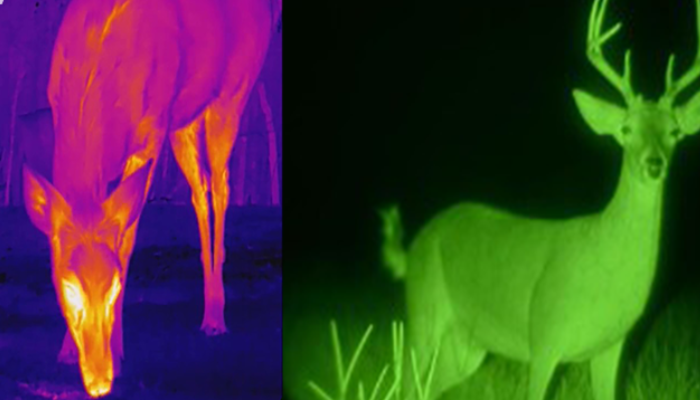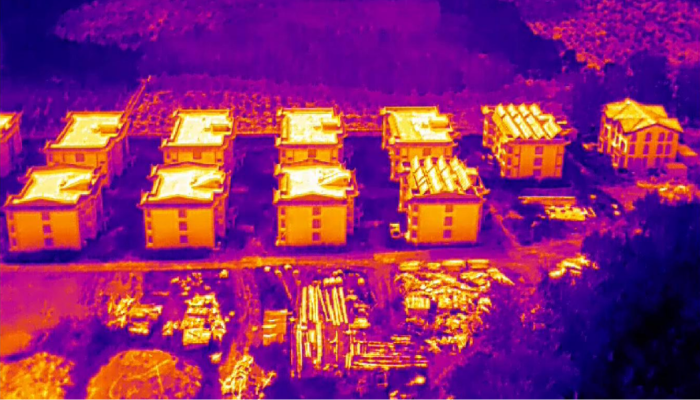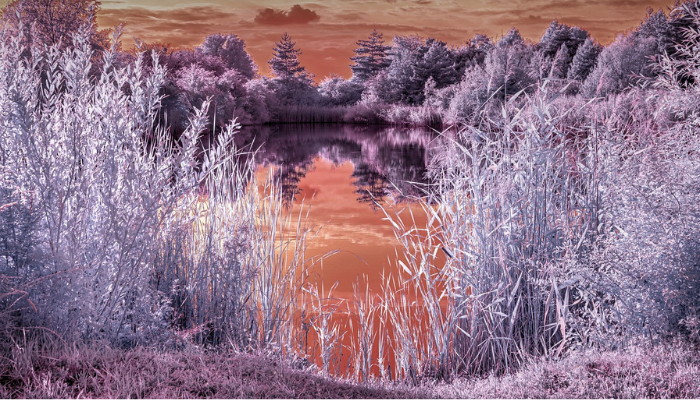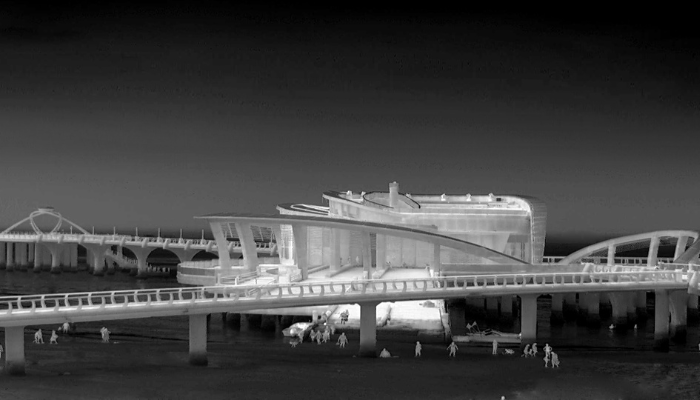The world of imaging technology has evolved significantly over the years, with advancements in night vision, thermal, and infrared cameras leading the charge. Each type of camera serves a unique purpose and comes with its own set of advantages and disadvantages. Understanding the differences between these technologies is crucial for selecting the right tool for your specific needs.
Night Vision Cameras: A Closer Look
Night vision cameras are a marvel of modern technology, providing clear visibility in conditions where the human eye would struggle. They work by amplifying the ambient light, often starlight or moonlight, to levels that allow for the detection of objects and individuals. These cameras are a staple in military operations and have found their way into civilian applications such as home security systems.
Pros:
Cons:

Thermal Cameras: Unearthing the Invisible
Thermal cameras, or thermographic cameras, offer a different approach to imaging in low-light or no-light conditions. Instead of relying on light amplification, they detect the heat signatures of objects. This makes them incredibly useful for a variety of applications, from detecting heat leaks in buildings to monitoring wildlife in complete darkness.
Pros:
Can see through smoke, fog, and even light foliage.
Excellent for detecting heat-based anomalies.
Cons:

Infrared Cameras: Bridging the Gap
Infrared cameras operate by sensing the infrared radiation that is either emitted by an object or reflected off of it. This technology is a key component in both thermal and night vision cameras but can also be used independently. Infrared cameras are versatile and can be used for scientific, medical, and surveillance purposes.
Pros:
Cons:

A Side-by-Side Comparison
When it comes to choosing between night vision, thermal, and infrared cameras, it's all about the specific needs of the user. Night vision cameras are perfect for general low-light surveillance, thermal cameras are unmatched for detecting heat signatures in total darkness, and infrared cameras offer a versatile solution for a wide range of applications.
Making the Right Choice
To make the right choice, consider the following:
Environment: Where will the camera be used? Is it a dark urban setting or a wildlife reserve?
Detail Required: Do you need to identify specific features or just detect heat signatures?
Budget: How much are you willing to invest in your imaging technology?

The choice between a night vision, thermal, or infrared camera is not a one-size-fits-all decision. Each has its own strengths and is suited to different tasks. Understanding the technology behind each type of camera and knowing what you want to achieve with it will help guide your decision.
Frequently Asked Questions
Q: Can thermal cameras see through walls?
A: They can detect heat signatures through walls, but they do not provide clear imagery of what's on the other side.
Q: Are night vision cameras legal for civilian use?
A: Generally, yes, but there may be restrictions depending on your local laws and the intended use.
Q: How do I know which camera is right for me?
A: Consider the lighting conditions, the level of detail you need, and your budget. If you're unsure, consult with a professional or a knowledgeable retailer.
Ready to make an informed decision? Explore more about the latest advancements in imaging technology with our comprehensive guides and reviews. Whether you're a professional in search of the perfect tool or a hobbyist looking to enhance your skills, we have the insights you need.